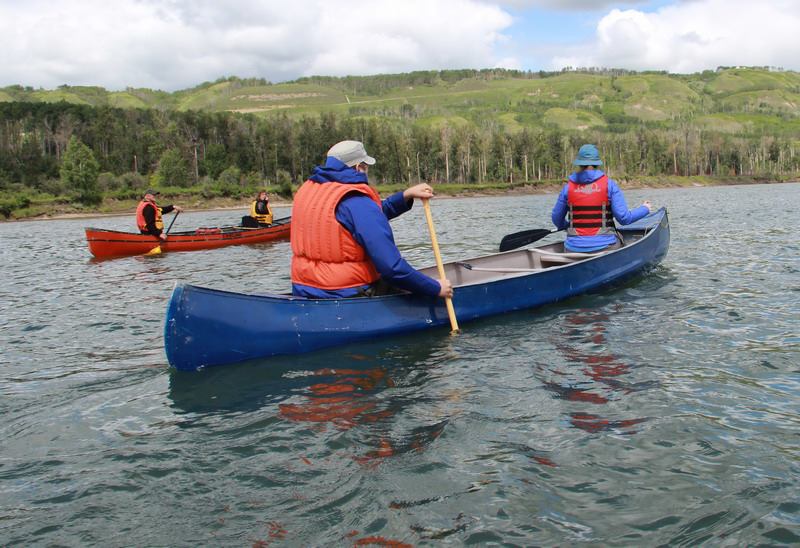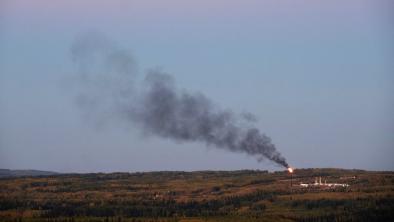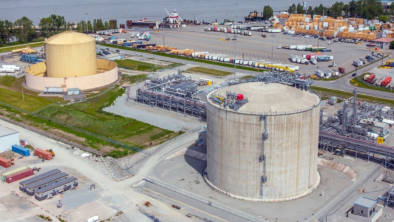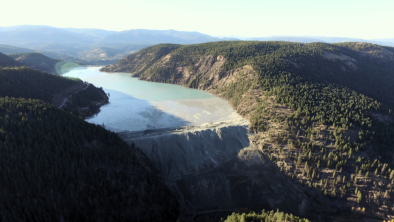Nominate the Peace River as BC’s most endangered

Please take action NOW to stop the dam and protect the Peace River by nominating it as the most endangered river in the province. Thanks to the Peace Valley Environment Association, we have some information that will be helpful to you when you fill out the nomination form (scroll down for details).
The threat of the Site C dam is urgent! The environmental assessment on Site C is almost complete. Now is the time to elevate public awareness of the Peace River and the threats posed by the Site C Dam.
Last year, the Peace River was designated as the most endangered river in BC by the Outdoor Recreation Council (ORC) of British Columbia. Let’s keep it there during this critical year, when the fate of this unique and precious river valley is being considered by our federal and provincial governments.
The more people who nominate the Peace River, the greater the chances it will maintain its first place ranking. A #1 ranking will help us gain public, media and political attention to the threats posed by the Site C Dam.
The ORC is accepting nominations for BC’s most endangered river now via its online form. The deadline for nominations is Monday, March 31st, 2014.
Submit your nomination today >>
The ORC has stated that they would like the nominations to be as individual and personal as possible. Below are some points from the Peace Valley Environment Association to help you with the online form, but please personalize your responses as much as possible.
Thank you!
For the wild,
Joe Foy | National Campaign Director
Wilderness Committee
------------------------
(The words in italics below are drawn from the online nomination form.)
Please provide sections of river that are of particular interest or which face specific threats and issues:
- The section of the Peace River in northeastern BC most at risk flows from the outlet of Dinosaur Reservoir, near Hudson’s Hope, 83 kilometers downstream to a point just east of the confluence of the Moberly River, near Taylor, BC.
Impacts or threats:
- The proposed Site C Dam will cause the above-referenced 83-km stretch of the Peace River to be flooded and thus widened by up to three times. This will result in significant destruction of riparian areas from the flooding, as well as changes to the river flow and water temperature.
- Steep, clay banks along the river will be significantly destabilized as vegetation clearing along the shoreline and up the banks will occur for the purposes of turning the river into a reservoir. This instability poses a threat to recreationalists as trees and stumps will fall into the river, impeding access to the shoreline and posing significant safety threats due to large, floating debris on the water.
- Additionally, landslides will be easily triggered along the banks of the Peace River once the vegetation is removed, particularly after significant rain events. This poses a safety concern for users of the river.
Loss of outdoor recreation activities:
There are a number of threats posed by the potential Site C Dam to the recreational values of this section of river:
- Enjoyment of wildlife and bird viewing will be significantly impacted. Many eagles’ nests currently existing on islands along the river as well as along the banks will be destroyed.
- Habitat for certain migratory birds (Canada, Cape May and Bay-breasted Warblers, Yellow Rail and Nelson’s Sparrow) would be significantly affected by the creation of the reservoir.
- Enjoyment of wildlife along the river will be affected as much of their habitat will be flooded if the dam is approved. There will be less wildlife in the area due to disruptions caused by construction activities; additionally, wildlife habitat will be affected due to the removal of 15,000 acres of forested land along the river and within project construction areas.
- Recreational fishing opportunities would be detrimentally impacted due to changes in the river resulting from flooding, including significantly increased siltation and changes to water temperature. These impacts include the loss of several species of fish and their habitat in the Peace as well as two of its major tributaries: migratory Arctic grayling in the Moberly River, migratory bull trout that spawn in the Halfway River, and the mountain whitefish that rely on Peace River habitat.
- Significant changes to the landscape will also occur due to flooding of nearly 16,000 acres of farmland as well as the removal of nearly 15,000 acres of boreal forest along the river.
- The river would be flooded, increasing its width by up to three times. Additionally, water levels on the river will fluctuate, making shoreline areas less stable and accessible.
- All of these changes to the river will affect boaters using electric motors, kayakers, canoeists and those using rafts.
- The shoreline will be very unstable and muddy. The shoreline will be littered with debris from vegetation. Floating debris is a danger to any watercraft.
- The elimination of certain fish species affects recreational fishers’ enjoyment of diversity of species.
- The destruction of bird habitat reduces the variety of birds and enjoyment for bird watchers.
- Ultimately, it is extremely unsettling for anyone who enjoys the river to know that it has been significantly altered by humans and that there are far-reaching ecosystem losses that cannot be reversed. There are many who will be distraught by the thought that this precious valley ecosystem has been so severely impacted and that this has contributed to the cumulative impacts to ecosystem sustainability in northeastern BC.
- Additionally, it is unsettling for people to know that over time, the potential for food production in the Peace Valley will be significantly reduced if Site C is approved.
Immediacy of threats:
- These threats to the river will occur if the Site C Dam proceeds. It is anticipated that a decision on the Site C Dam will be made in the fall of 2014. So, all opportunities to promote the protection of this river NOW must be acted upon.
- It is imperative that the value of the Peace River be recognized as widely as possible so that the political decision makers on this project can be convinced to reject this project.


